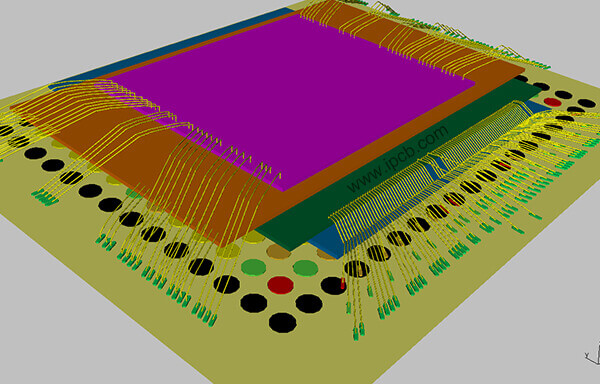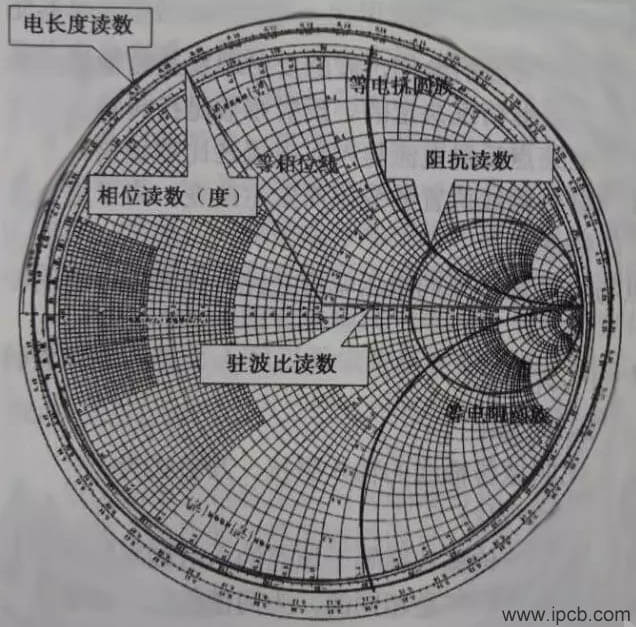1.Introduction to RF PCB design
In wireless communication systems, only a small part of the front-end circuit works in the radio frequency stage, which is commonly known as the radio frequency front-end circuit. The remainder of the circuit is used for low-frequency baseband analog and digital signal processing. Typically, RF front-end circuits include low-noise amplifiers, mixers, and power amplifiers. Although the number of components in this part of the circuit is much smaller than that of the baseband circuit, it is still the key to the success or failure of the entire system.
Similar to the octagonal rule of analog IC design,RF PCB design requires analog signal processing at wide dynamic range and high frequency. Therefore, RF PCB design also has its own hexagonal rule. Noise, linearity,supply voltage, gain, operating frequency, and power are the most important specifications in RF PCBs. In actual design, any two or more of these parameters will restrict each other, leading to multi-dimensional optimization problems. This compromise choice and mutual constraints bring many problems to the design of RF PCB. It often takes the RF designer's intuition and experience to get better compromises.

2.RF PCB application fields
(1) Base station RF PCB
(2) Mobile phone RF PCB
(3) Wireless Local Area Network (WLAN) RF PCB
(4) Global Positioning System (GPS) RF PCB
(5) Radio frequency tag (RFID) RF PCB
(6) Internet of Things (IOT) RF PCB
3.Smith Chart
Overview:The Smith chart is a special type of chart that combines characteristic parameters and operating parameters into a whole and is solved using a graphical method. It is also called an impedance chart.
Smith charts are widely used in radio frequency circuits such as radio frequency microwave amplifiers, oscillators, and impedance matching. It can be used to read impedance, admittance, emission coefficient, standing wave ratio and other parameters. It can also be used to design LC and transmission line matching circuits and analyze the noise figure, circuit gain and stability factor of the circuit.
A typical Smith chart is shown in Figure 1.7 above. The Smith chart is a combination of resistance and reactance circles. The upper part of the impedance circle is positive, indicating that the impedance is inductive. The lower half of the impedance circle, X, is negative, indicating that the impedance is capacitive. Any point on the circle diagram corresponds to a reflection coefficient and normalized impedance Z. On the impedance circle diagram, the coordinate (- 1,0) represents the short-circuit point, (1,0) represents the open-circuit point, and (0,0) represents the matching point.

Smith Chart